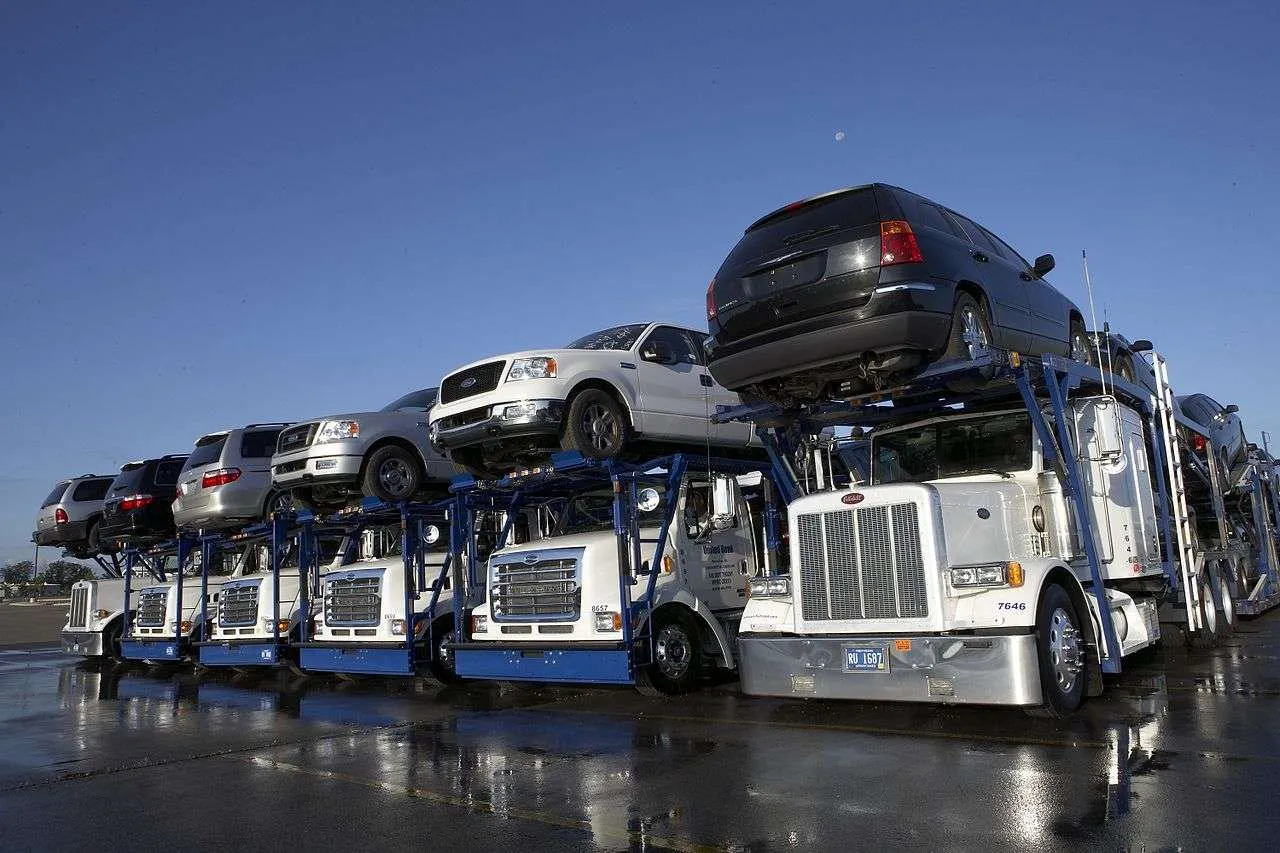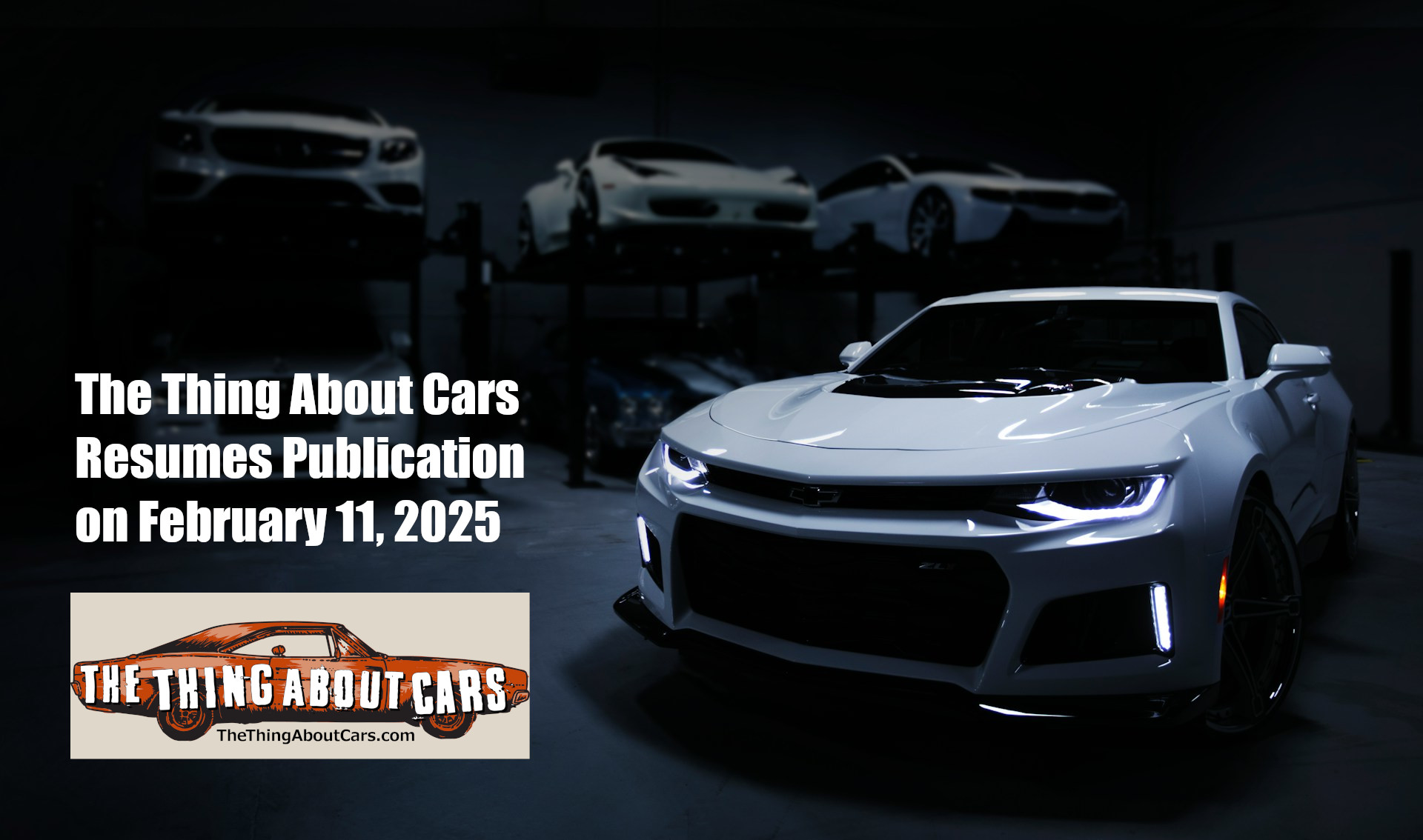In light of recent political developments and controversies surrounding Tesla’s CEO, Elon Musk, many Tesla owners are considering selling their vehicles. However, the current market presents challenges that require careful navigation to maximize returns. Getting Rid Of Your Tesla may be doable, but difficult.
Author: Mickey
If you’re in the market for a new car, you’ve probably noticed that prices are higher than ever in 2025. A major factor behind this surge is President Trump’s latest round of tariffs, which have significantly impacted the automotive industry. With tariffs imposed on key trading partners like Canada, Mexico, and the European Union, car manufacturers are scrambling to adjust—and consumers are paying the price.
So, what do these tariffs mean for you? Let’s break it down.
If you’ve noticed that your car insurance premiums are higher this year, you’re not alone. Auto insurance rates have been rising steadily, and while the rate of increase has slowed compared to 2024, many drivers are still feeling the pinch. But Why Are Car Insurance Rates Rising So Much in 2025? Let’s dive into the key factors driving up car insurance rates in 2025 and what you can do about it.

The automotive industry is on the brink of a technological revolution. As we approach 2025, carmakers are integrating cutting-edge innovations that promise to redefine how we drive, commute, and interact with our vehicles. From advancements in autonomous driving to futuristic connectivity features, here’s what Car Tech in 2025 might look like.




